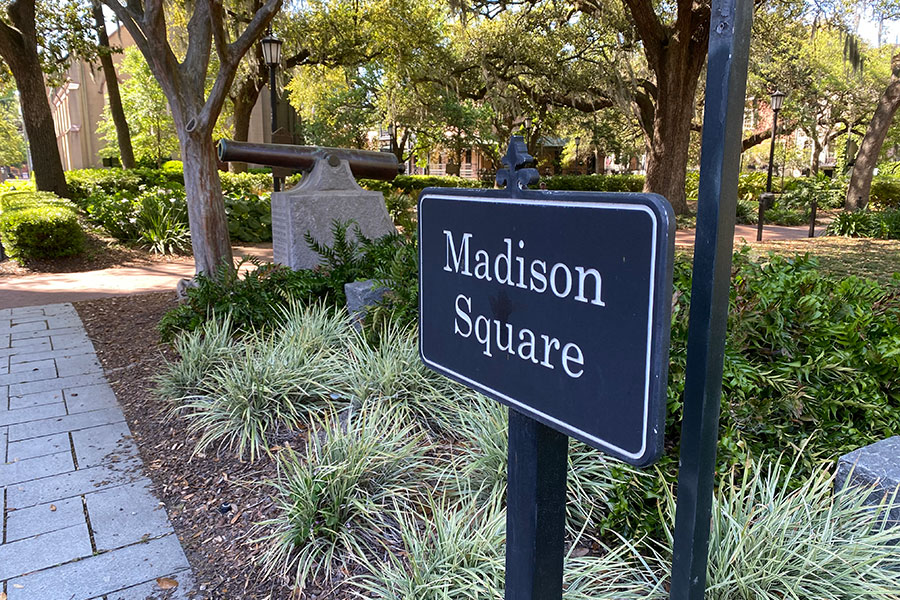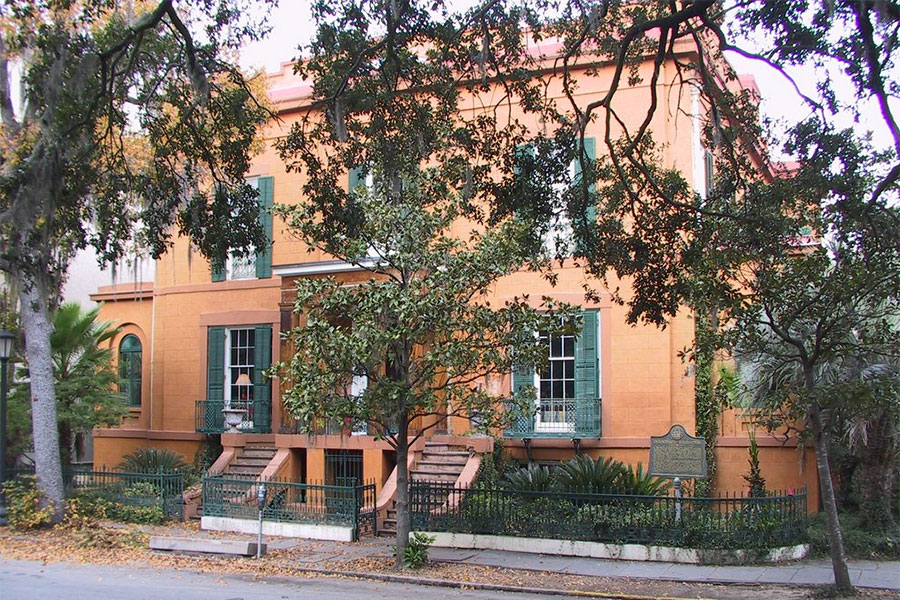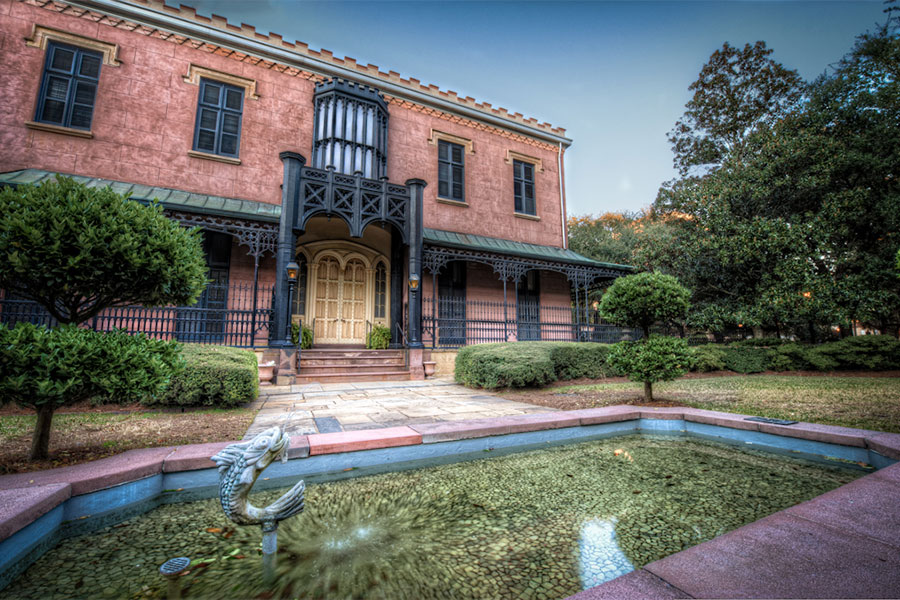Madison Square
Savannah Squares > Madison Square

About This Square
Photos
This square was laid out in 1837 and named after James Madison, the 4th President of the United States.
The statue at the center of the square is of Sgt. William Jasper, a Revolutionary War hero who died in 1779 during the Siege of Savannah. The British had captured Savannah in 1778 and in October of 1779, the Americans, partnering with French Allies, decided they were were going to take it back.
Jasper became a hero when he rescued his regiment’s battle flag during an earlier skirmish but when he tried to do the same thing during the siege, it wound up getting him killed (lesson: it’s just a flag).
There’s a marker on the north side of the square the indicates where the Americans pushed the British back to before retreating. Savannah would remain under British control until 1782 at the end of the war.
There are also two cannons from the Savannah Armory on the south side of the square – these represent the start of Georgia’s first two highways.
But this square also played an important role in the Civil War.
The house on the NW side of the square is the Green-Meldrim House. It was built in the early 1850s for Charles Green and cost $93,000, equal to millions today.
In September of 1864, General William Sherman captured Atlanta and then began his very destructive March to the Sea, designed to capture the port of Savannah. Fearing that Savannah would fall, Mr. Green was so worried that his house would be destroyed that he rode out to meet the advancing army and offered use of it as Sherman’s headquarters. It became the base of Union Army activities from December of 1864 until February of 1865. It is now owned by St. John’s Episcopal Church next door, which was completed in 1853.
You’ll also find the Sorrell-Weed House, reputed to be one of the most haunted homes in Savannah, which was built in 1841.





